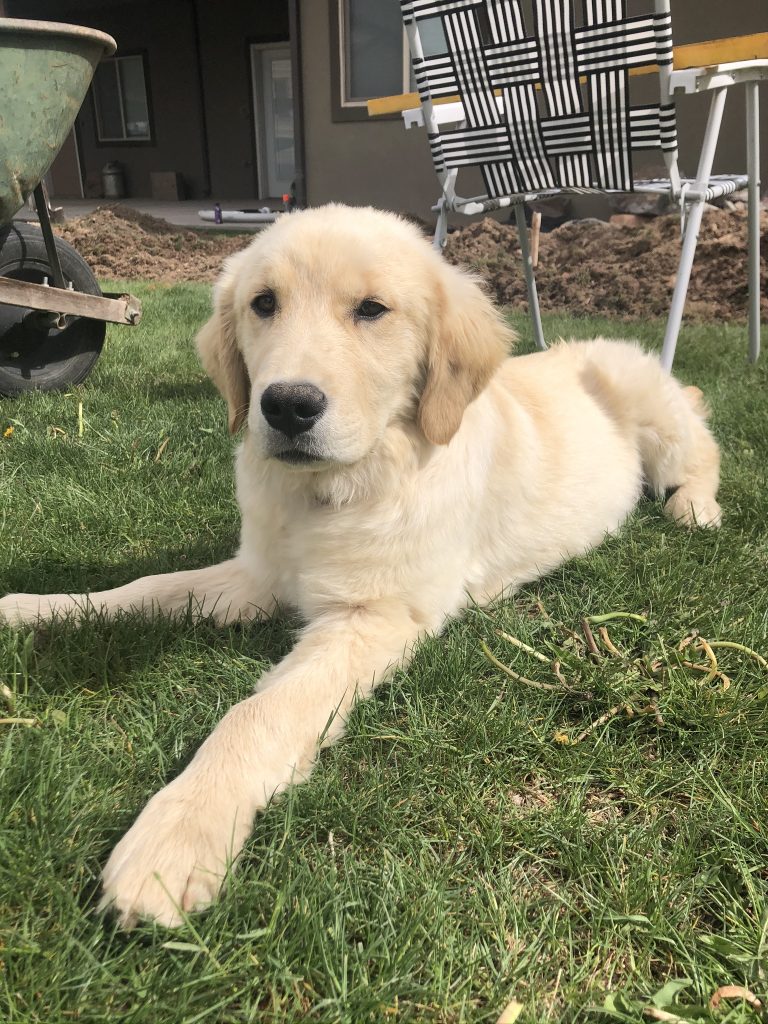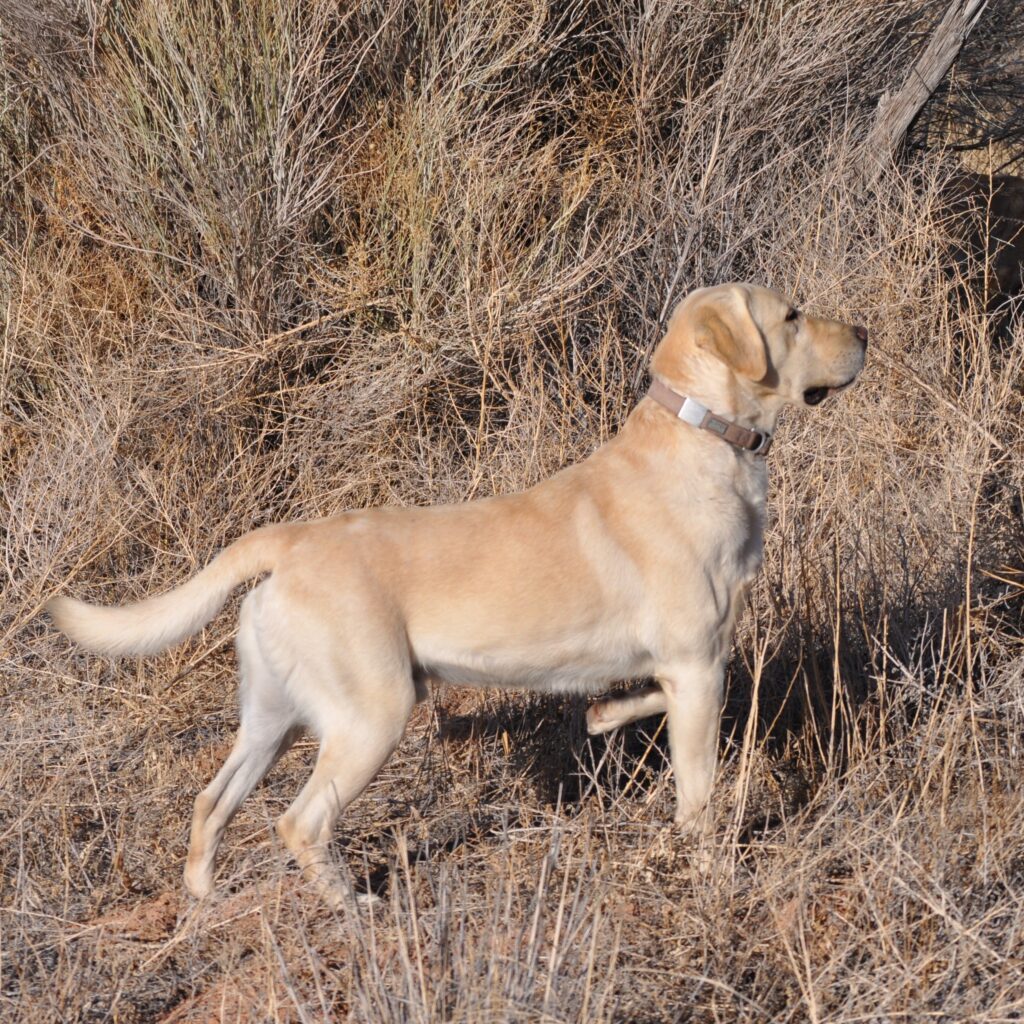Boundary Training for Dogs: Building a Safe and Well-Behaved Canine Companion
Introduction
As a dog owner, you want to create a safe and harmonious environment for your furry friend. One essential aspect of responsible dog ownership is boundary training. Establishing clear boundaries helps your dog understand the limits and expectations of their behavior, ensuring their safety and the well-being of those around them. In this blog post, we will delve into the importance of boundary training for dogs and provide you with effective strategies to implement it.
Understanding the Need for Boundary Training
Dogs are naturally curious and energetic animals. Without proper guidance, they may engage in behaviors that can lead to potential dangers or cause discomfort to others. Boundary training serves as an essential tool to teach your dog where they are allowed to go, what they can touch, and how they should behave in different situations. By setting boundaries, you establish rules that promote safety, prevent destructive behavior, and foster a sense of security for your dog.
Benefits of Boundary Training
- Safety: Dogs that understand and respect boundaries are less likely to put themselves in hazardous situations. Whether it's avoiding busy roads, not approaching strangers aggressively, or refraining from harmful substances, boundary training helps protect your dog from harm.
- Reduced Anxiety: Dogs thrive when they have a clear understanding of what is expected of them. By establishing boundaries, you provide structure and consistency, which can alleviate anxiety and provide a sense of security.
- Improved Socialization: Boundary training allows your dog to interact with others in a controlled manner. They learn how to approach people and other animals politely and without aggression, making social encounters more pleasant for everyone involved.
- Enhanced Bonding: Through boundary training, you build a stronger bond with your dog. By teaching them self-control and reinforcing positive behavior, you establish yourself as a reliable and trustworthy leader, deepening the bond of trust between you and your canine companion.
Effective Strategies for Boundary Training
- Consistent Reinforcement: Consistency is key when it comes to boundary training. Clearly define the areas your dog is allowed in and use consistent verbal cues or physical markers, such as gates or invisible boundaries, to reinforce those limits. Reward your dog with praise or treats when they respect the boundaries, and redirect them gently when they try to cross them.
- Gradual Introduction: Introduce boundaries gradually to avoid overwhelming your dog. Start with one specific area, such as a room or a designated space in the yard, and gradually expand their boundaries as they become comfortable and compliant. This step-by-step approach will help your dog understand and adapt to the limits you set.
- Positive Reinforcement: Positive reinforcement is a powerful tool in training dogs. Reward your dog whenever they respect the boundaries, exhibit desired behavior, or respond to your commands. Positive reinforcement can include treats, praise, playtime, or a combination of these. The key is to associate boundary compliance with positive experiences.
- Training Aids: Utilize training aids to reinforce boundaries. Physical barriers like baby gates, pet fences, or leashes can provide a tangible reminder to your dog of where they should and shouldn't go. Additionally, consider using visual cues like boundary flags or scent markers to define invisible boundaries, such as off-limits areas in the yard.
- Supervision and Correction: Keep a close eye on your dog during the initial stages of boundary training. If they attempt to breach the boundaries, gently redirect them back to the permitted area without scolding or punishment. Consistent correction and redirection will help them understand the limits.
Conclusion
Boundary training is an essential aspect of responsible dog ownership. By establishing clear boundaries, you create a safe and well-behaved canine companion. Remember that boundary training requires patience, consistency, and positive reinforcement. With time and practice.

